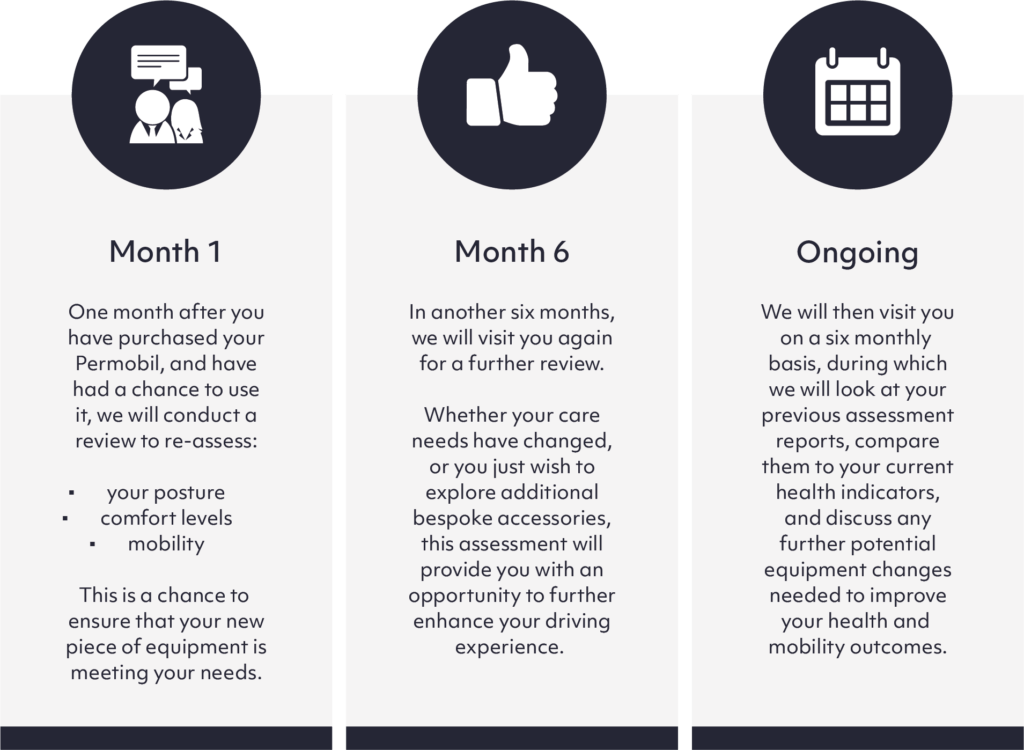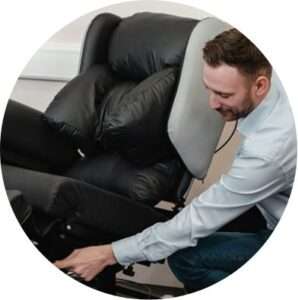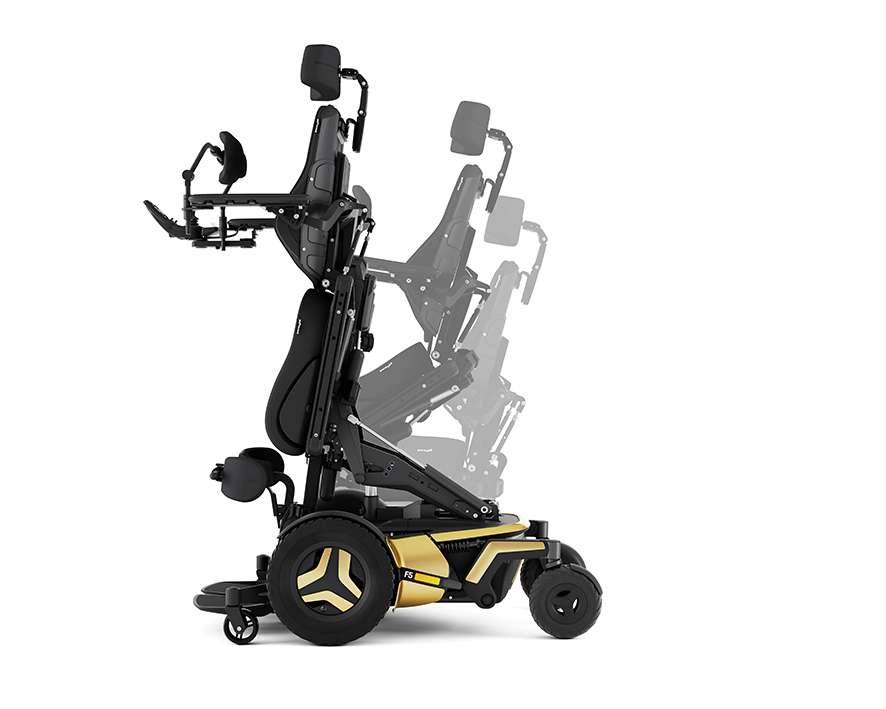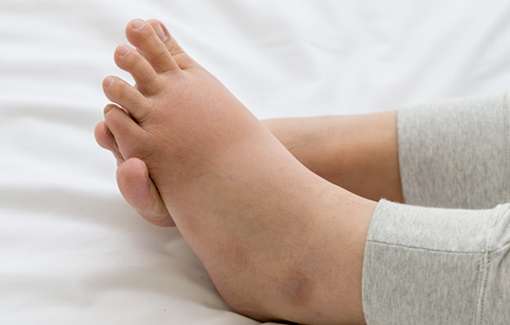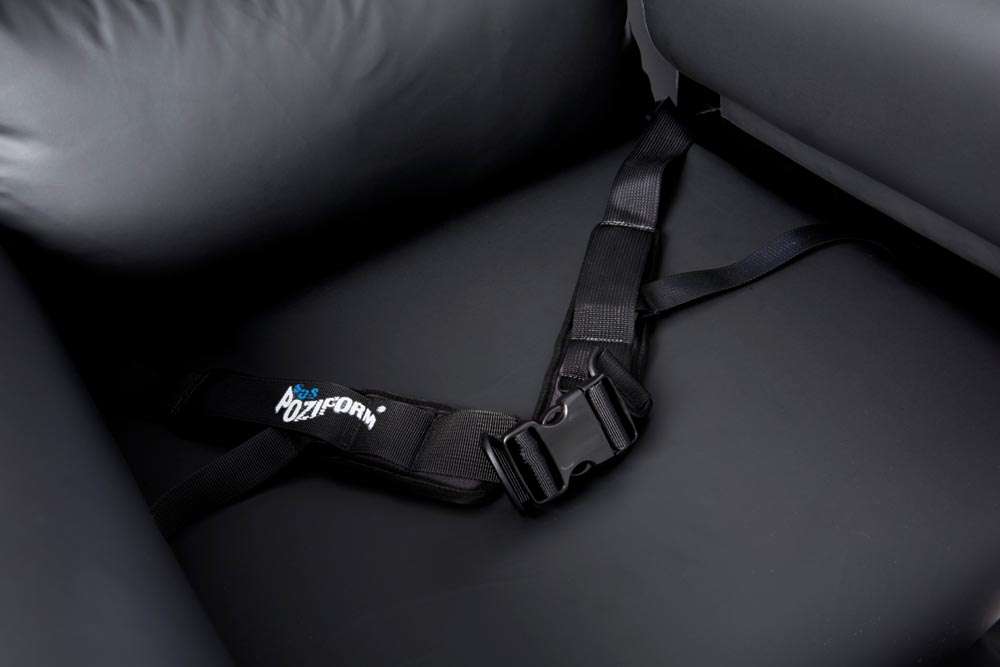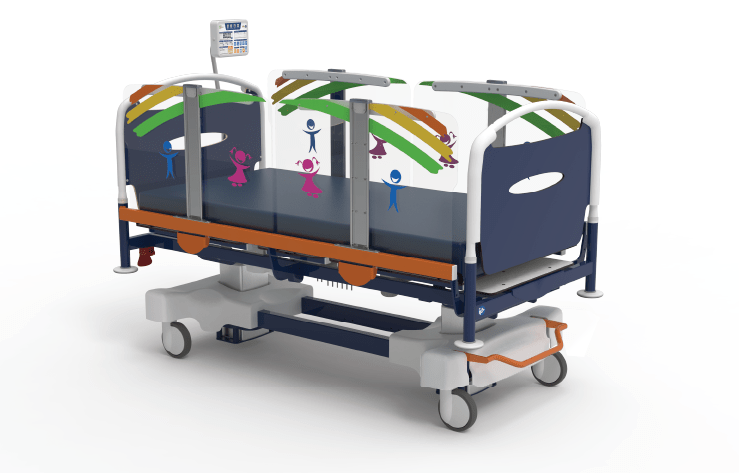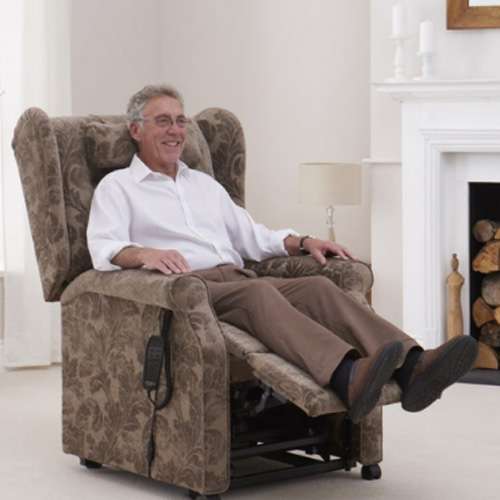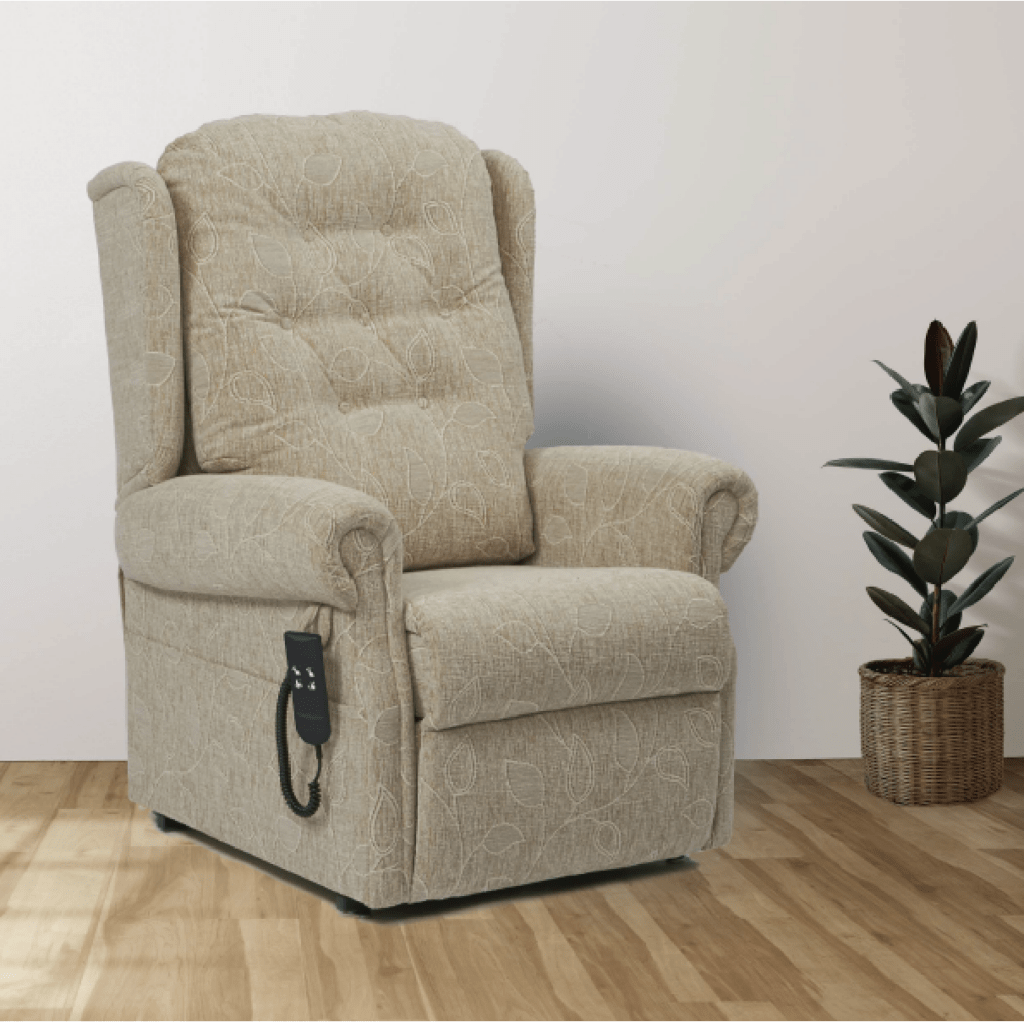Alongside other assistive technologies, the sit-to-stand function included in powered standing wheelchairs brings a whole host of benefits to powerchair users.
The Permobil powerchair range has been developed to break down accessibility barriers and maximise independence for people with mobility impairments who rely on a powerchair for their daily needs.
The powered stand feature is demonstrated with the Permobil F5 Corpus VS. This model enables users to stand whilst moving the chair, increasing their accessibility to their environment and improving social mobility and confidence.
This clinical guide aims to provide carers and health professionals with a comprehensive overview of the powered stand function, so they can evaluate its overall benefit in their own patient care scenarios.
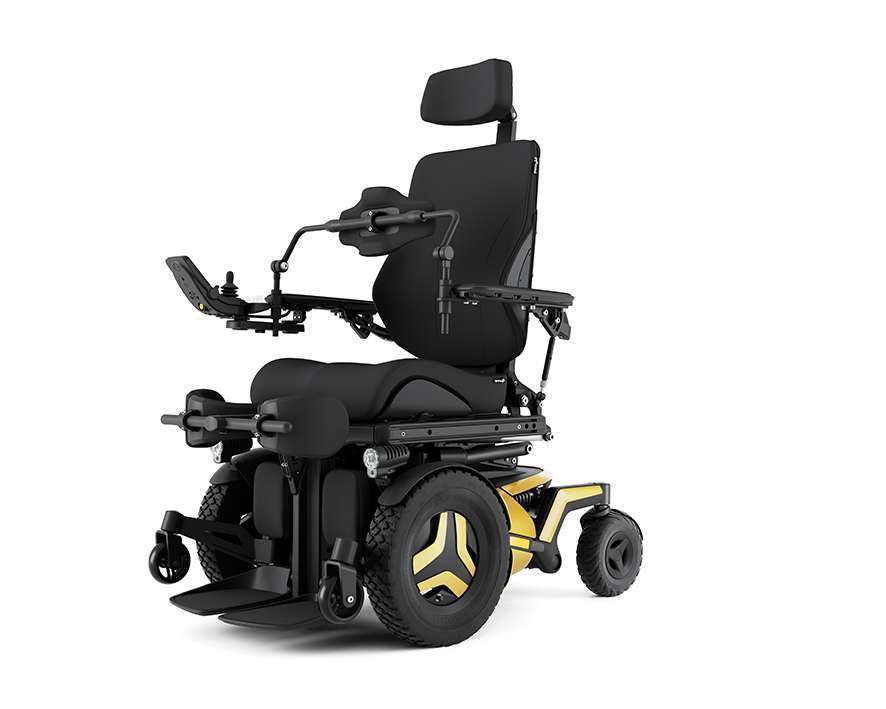
Permobil F5 Corpus VS
The ICF Model
The ICF model (International Classification of Functioning, Disability and Health) is a framework developed by the World Health Organisation to provide a standard language for different health conditions and diagnoses.
This is a great starting point when looking at the impact of a clinical feature on someone’s overall health. Using the ICF model, we can look at the standing function on a Permobil chair across a range of areas to assess the overall impact on someone’s health.
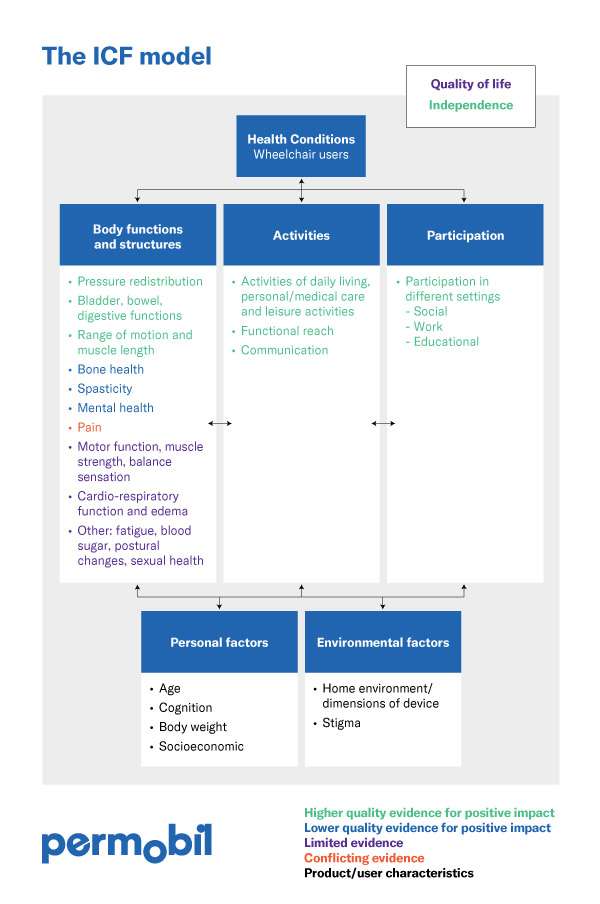
The Permobil Standing Survey
The Permobil standing survey was conducted among 137 individuals who used a powered standing wheelchair, who answered questions about what they used the powered stand function for, and how this impacted their experience.
The ICF diagram above summaries the results. The benefits experienced by users that were supported by higher quality evidence include:
- Pressure redistribution
- Bladder, bowel and digestive functions
- Range of motion and muscle length
- Daily living activities, personal/medical care, leisure activities
- Functional reach
- Communication
- Participation in social, work, and educational settings
- Independence
Benefits that were experienced supported by lower quality evidence include:
- Bone health
- Spasticity
- Mental health

This next section explores the benefits reported by the respondents in the survey, and how the powered stand can positively impact different aspects of a client’s physical and mental health.
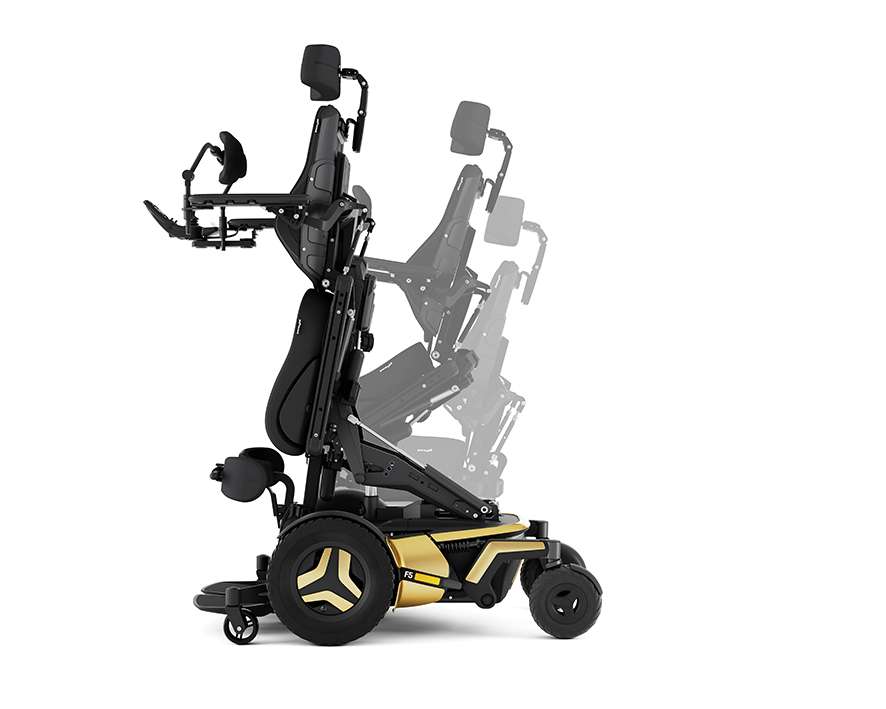
Pressure Relief
Users who sit for prolonged periods in a wheelchair are at greater risk of pressure sores, especially if they are unable to reposition themselves easily or redistribute pressure.
The standing function allows the user to shift the pressure away from their thighs and buttocks and support their body weight through their feet, offloading a build-up of pressure in the pelvic area.
When standing upright, the wheelchair user has the opportunity to reposition themselves before sitting down again.
When moving from a sitting to a standing position, shear friction can be created by the downward action of gravity against the angle of the chair. The client’s skin integrity should be taken into account when assessing the suitability of a powered stand for a particular client.
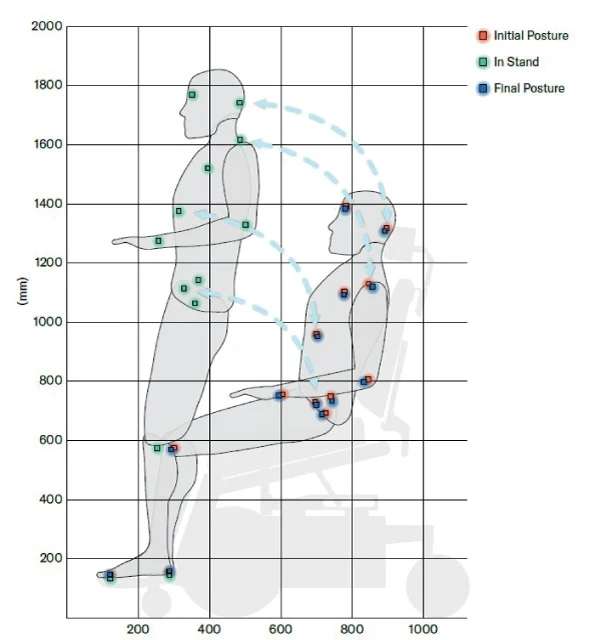
Bladder, Bowel and Digestion
Staying in one position for a long period of time, whether this is sitting, lying or standing, can cause issues when digesting food. Studies show that food empties best from the stomach when individuals alternate between sitting and standing.
The sit to stand function helps to improve digestion in this way by allowing the user to alternate between sitting and standing, reducing issues like constipation and urinary tract infections.
Range of Motion and Muscle Length
Allowing the client to work through their full range of movement reduces muscle contractures and joint pain over the long term.
Retaining their range of movement (ROM) across different joints can improve muscle health and increase the passive range of motion in their lower limbs. The powered standing function can be used to increase hip and knee flexor muscle length.
Retaining ROM in this way should help the client reposition and perform more self-care tasks, further increasing their autonomy.
Bone Health
Weight bearing helps improve bone density. By standing up and redistributing their body weight from their upper legs to their feet, this gives the user more potential to improve bone health and density.
Carrying this out for at least one hour a day is likely to report a positive impact on bone health, as supported by the results of the survey carried out by Permobil.
Spasticity
Spasticity can be a secondary complication among wheelchair users and can result from many different medical conditions, such as traumatic brain injury, spinal cord injuries or cerebral palsy.
A powered stand can be particularly beneficial in managing spasticity, and research has indicated that it can cause spasticity to decrease in the lower limbs. This in turn can help to reduce medical issues associated with spastic movements, such as incontinence issues and pressure injuries.
Social Participation
Most domestic environments and work surfaces are designed for standing, making them inaccessible for individuals with disabilities who are often at sitting height in a wheelchair.
The standing function brings these environments back into the accessible range of the individual, removing the need for expensive home modifications.
As well as improving their accessibility, users can interact with others at eye level, making social interactions easier and increasing their participation in social and group events.
This is not only relevant to social and leisure situations, but work and educational settings as well, where the client may need to access shelves and storage facilities, or attend faculty meetings or other formal events.
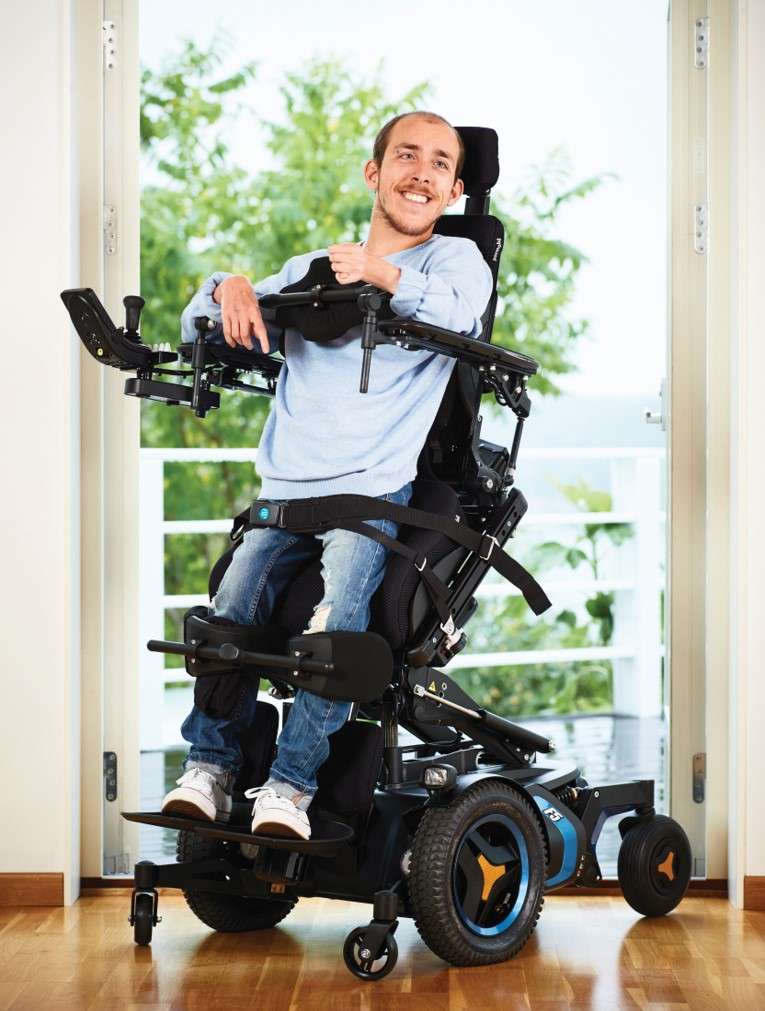
Daily Activities
There are many daily activities that require being in a standing position such as dressing, grooming, cooking and cleaning. The standing function can improve the user’s reach and vision, making it possible to be closer to higher-placed objects. Having the ability to move along whilst working at height increases flow and facilitates communication.
This directly improves the patient’s health as they don’t need to stretch and risk shoulder pain.
It also makes it easier to carry out personal care and toileting tasks, reducing the risk of strain or injury.
Quality of Life
The standing function increases quality of life for wheelchair users in so many ways, from increased autonomy and independence to more participation in activities.
As well as giving the user more control over when they independently stand and sit, it reduces their reliance on carers and general restrictions relating to their environments.
Follow-Up and Monitoring
Regular follow-up and monitoring should be carried out to track the user’s progress and ensure any issues that arise are addressed.
This is included as part of our Postural Review Package, where a mobility expert will visit our Permobil clients at regular intervals to review their posture, comfort levels and mobility, and assess any changing needs that arise further down the line, so their chair is always fully up to date and relevant.
